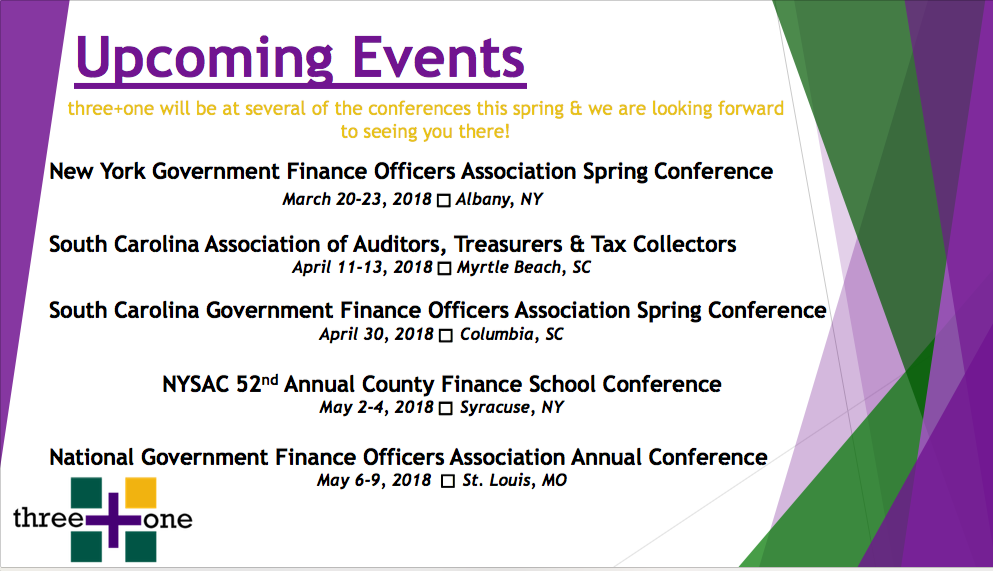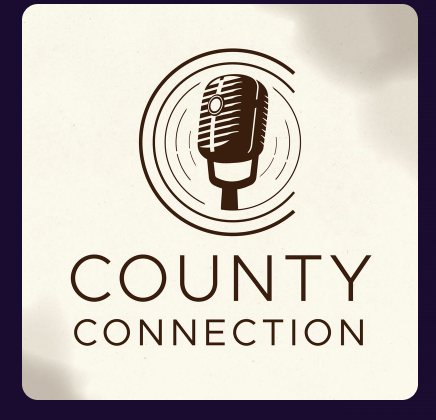Strong lines of communication are an effective strategy for an entity in securing a strong banking relationship.

In a world full of so many ways to communicate, one would think communicating between one another would be easy, efficient, and effective. Well, you may ask, how is that working for you?
With the daily deluge of emails, texts, pop-up ads, robocalls, and junk mail, it’s no wonder you’re overwhelmed with communications. Because so much of it is unwanted, you may miss out on genuine opportunities to enhance your banking relationships.
As a public official, higher Ed trustee, community leader, former government banker, and business owner, I try to ensure that my messages, like this blog, are timely, useful, and effective. The same should be true for your communications with your bankers.
A healthy level of communication with your bank will pay off in both less stress in the role you serve as well as more income to your entity’s bottom line.
Here are five tips that lead to effective communications between you and your bankers:
The more your bankers know about you, the better they can serve you. “Know Your Client” (KYC) plays an important role in both meeting federal banking regulations and bringing to surface all aspects of the relationship an entity has with its banks.
Regular in-person meetings with your bankers will lead to a stronger rapport and likely more and better banking services.
Starting a new relationship with a bank or banker? That’s the time to clearly state your expectations. Remember, you are the client. The bank will know how to take care of itself. Your primary interest is those you serve.
Be candid with your bankers by telling them what’s on your mind, what’s working, and what’s not.
Be proactive and ask, assume nothing. When your bankers call you, be sure to call back; the same goes for the bankers when you call first. When you dread a call from your bankers or have no desire to talk with them, it may be time to re-evaluate the relationship.
A direct line of communication leads to a healthy and productive banking relationship, ultimately leading to more services, higher deposit rates, and a lot less stress.



